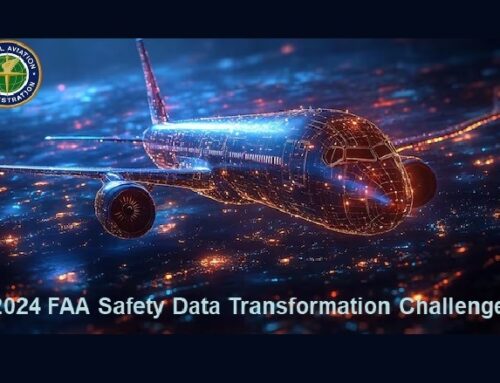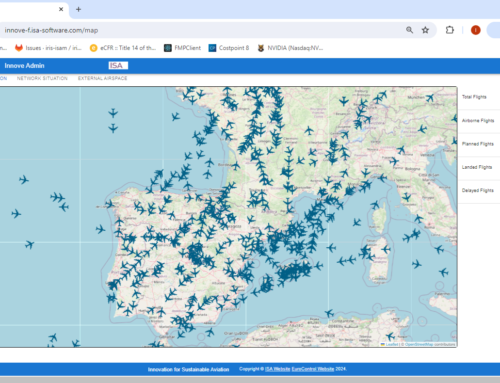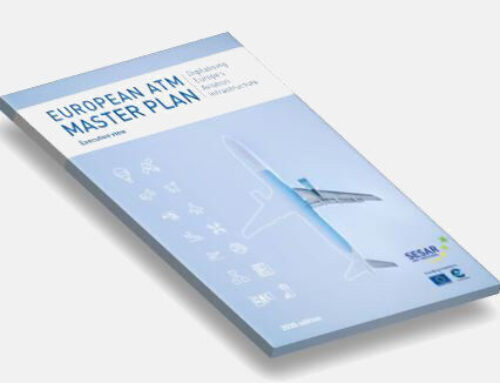ISA and Imperial College London (ICL) have successfully completed the SESAR WP-E – FUTURE LONG-TERM ATM CONCEPT, INFRASTRUCTURE, TECHNOLOGIES AND OPERATIONAL ENVIRONMENT (FLITE) project, and presented the final results of the analysis to SESAR Joint Undertaking (SJU) and EUROCONTROL.
Participants at the close out meeting confirmed that ISA and ICL lived up to the promise of the project and have delivered analysis and recommendations related to the air transport system in 2050 and beyond that are likely to be of great help to the research community.
During FLITE, ISA and ICL completed the following tasks:
• evaluated future air travel scenarios and identified the stakeholders and their roles
• evaluated whether the SESAR operational concept and underpinning technologies and infrastructure will be able to accommodate these scenarios, and identified gaps
• determined the ability of existing analysis tools to analyse the gaps, and identified their limitations
• developed enhanced analysis tools for simulating future scenarios from an operational perspective
• analysed the operational, technological and infrastructure requirements for the future scenarios
• specified the system requirements for the post-SESAR “FLITE ATM system”, providing guidelines to support the identification of a framework for a high-performing European transport system, where 90% of passengers within Europe are able to complete their door-to-door journeys within 4 hours.
The FLITE analysis has identified key issues at three levels (gate-to-gate, passenger handling system and airport access) and identified the need to integrate airports more fully within an overall European transport network including roads and railways. This would imply expanding the transport concept to encompass both the airside and landside operations where all the roads including skyways lead efficiently to and from the airports.
For more information on the FLITE research please contact ISA Software.





